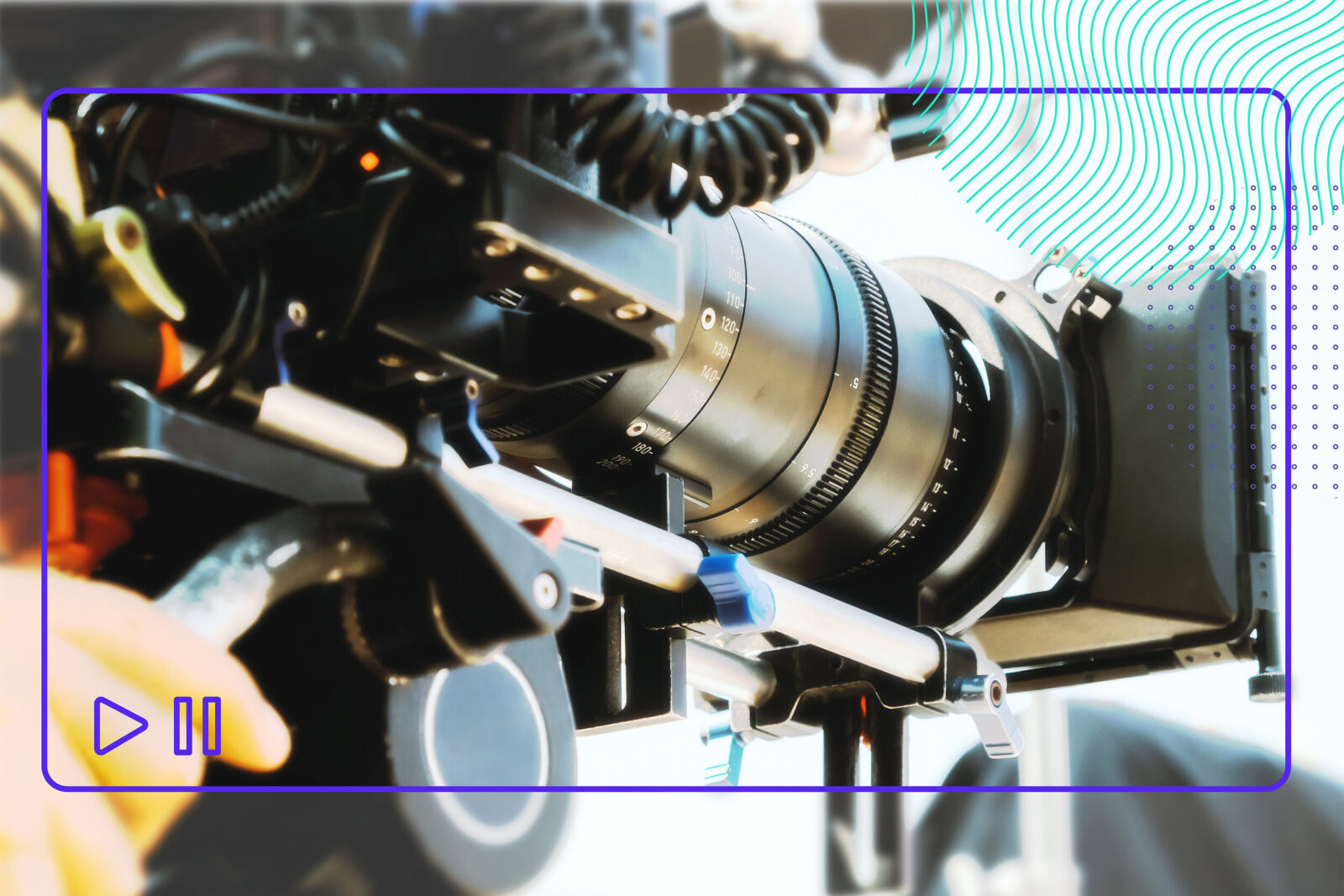
Stuff happens when you deliver virtual events, but you can still deliver value.
We don’t think anyone on our team was prepared for a city-wide power outage to cut our live webinar short. So what did we do?
Well, in the words of Jim Law, Senior Customer Support Specialist at Swoogo, “Am I at a spin doctors concert because you guys repositioned the heck out of this webinar”. Here at Swoogo with our mighty marketing team of six, we know how to throw together a comeback story greater than Rocky Balboa.
What we’re getting at here is that it’s all about delivering value on a pivot.
Sometimes life knocks us down, or sometimes it knocks down our power lines, but it’s how we pick ourselves up that really matters. Accept failure and move on. Better yet, use your failure as a force to implement a major repositioning campaign. Anyone remember The GAP pre-rebrand? Yikes.
Alright—I’ll cut the pre-game motivational speech short and get right to it.
Ready to make content magic and measure the success of your event? Click on the button below to watch our on-demand webinar, How To Drive Revenue Through Events.
Looking to skip to the game-time highlights? Here’s a spark-notes version of what’s covered:
When you’re looking to create a harmonious relationship between content & revenue, keep in mind the following:
-
You can use low-lift content methods and receive big rewards (don’t be afraid to be a content bandit)
-
There’s never a bad time to implement an always-on content strategy (take it from us)
-
All of the content you create at some point has a dollar value assigned to it. So how do you measure its success?
Alright—if you want to dive deeper with us, we’ve got you covered.
Developing valuable content
Developing high-value content really is the driving force behind any successful event.
What we mean is, you can’t generate business revenue if you don’t attract leads, right? Events not only serve as massive lead drivers, but they also help build an affinity for your brand, help with customer retention and promote account expansion.
Here are 3 situations you might find yourself in when developing content:
-
You’re considering multiple topics: You have some idea of what you want your event to look like––time to test it on social. Share your content across various channels & look for expressed interest in your topic.
-
You have zero ideas: We’re with ya. Time to open the vault that is your old content library––look at what’s performing and bring it up to date.
-
You want to know what’s trending: AKA Theft. Don’t be afraid to go Robin Hood on your partners/competitors’ channels. They may be sparking some great conversations––so join in and build your own content around them.
Implementing an always-on content strategy
Creating valuable content is all well and good, but letting it die on the Internet like your Myspace profile from 2004, is ultimately a huge waste of your time, money, and effort. That’s why we recommend that you have an always-on content strategy readily available in your back pocket.
What is an always-on content strategy? An always-on content strategy helps to keep your brand at the top of attendees’ minds and extends the reach of your event’s content and audience network. Alright, alright, we know what you’re thinking—this sounds great! How do I do it?
Here at Swoogo, we believe in the power of an always-on Hybrid Strategy. Essentially it’s the idea that you should have a core event site—an evervent, a show floor that never sleeps—where people can come to register for, watch, and interact with your content long after the curtain call.
Measuring your marketing sourced & influenced revenue
You’ve developed valuable content for your event, what next? It’s time to measure your success in cold hard cash. But first, let’s break down some basics.
Measuring your marketing sourced & influenced revenue is done in the form of marketing touchpoints––essentially anytime a customer/prospect comes in contact with your brand along the buyer’s journey (aka your event). We measure these touchpoints using attribution types, which allow marketers to better understand where customers are interacting with their content and give credit to revenue.
Here are a few examples that Demand Gen Wiz, Stacey Baer breaks down in our webinar:
-
First-touch: Gives credit to the first touchpoint of the customer’s journey
-
Multi-touch: Gives a certain amount of credit to each touchpoint on the customer’s journey
-
Self-reported: Letting individuals tell you how they found out about your event/company
-
Sales-reported: Having a sales rep ask the individual how they heard about your event/company
Okay, we’ve measured our touchpoints using these attribution methods, what next? It’s time to close the loop between your marketing touchpoints and revenue in a few simple steps:
-
Ooooh…. You didn’t think we’d give away the whole farm on the first date, did ya?
-
Watch our on-demand webinar for a step-by-step guide on how to close the loop
Wrap up
In the wise words of Stacey Baer, Director of Demand Generation at Swoogo, “As long as you have a tracking process in place with touchpoints, confidence in testing and learning, and remember to use your intuition, you’ll be in a great position to create, learn, optimize, develop great content and grow revenue”.
When events throw you curveballs, be prepared to pivot your plan. Sh!t happens when you deliver virtual events––but you can still deliver value. And, it’s never been easier to measure the success of your event and develop great content to get you there.
So whatcha waiting for? Register to watch our webinar, How To Drive Revenue Through Events, and join the after-party that never sleeps.

